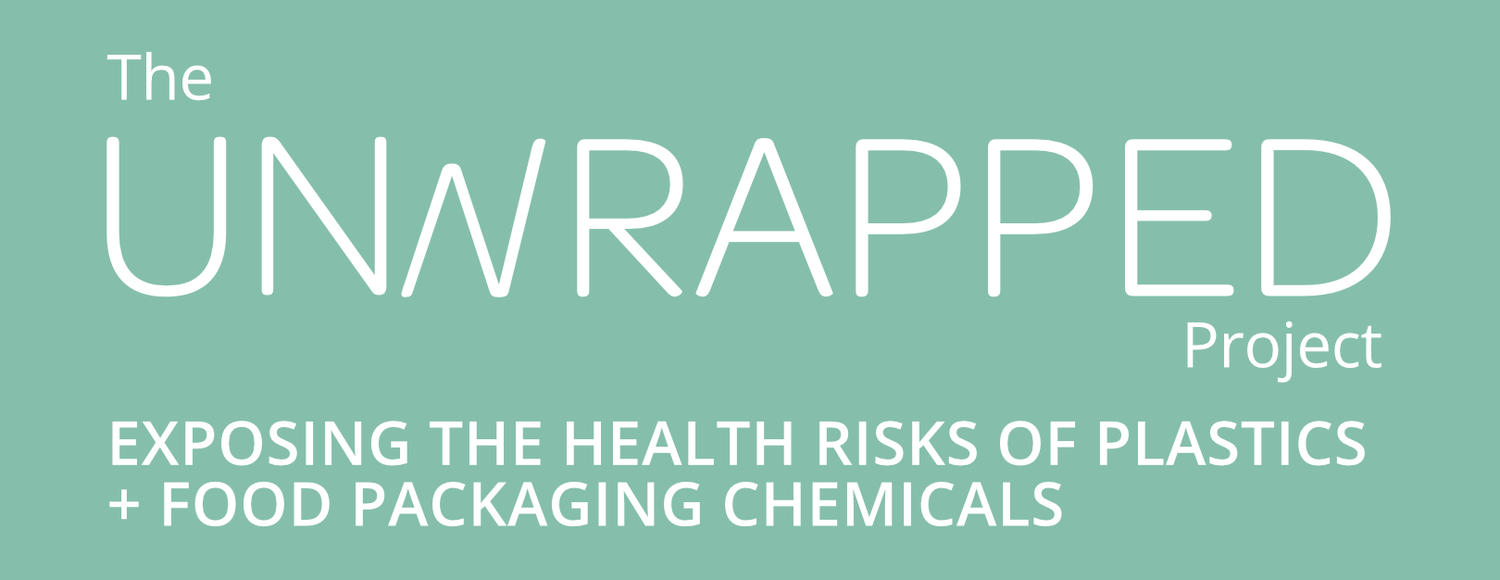
RESOURCES
Know the facts, and protect our most vulnerable communities.
Hazardous Chemicals in Food Packaging
Over 4,000 chemicals can be present in plastic packaging, and many of the most common ones can be hazardous to human health. In fact, hazardous chemicals are used in all kinds of food packaging, not just plastic, but few are ever evaluated for health safety. Luckily, there are options for safe, reusable packaging that protect both people and the planet.
Policy Recommendations to Protect Human Health
Large portions of the population are likely exposed to chemicals that migrate out of the packaging. But regulations to ensure safety of food contact chemicals and testing of their toxicity are largely insufficient across the globe. Regulators across the world need to take action in ensuring that all food packaging is safe — for use, reuse, and recycling.
The Human Health Threats of Microplastics
Micro-plastics are in our drinking water, food, air and consumer products. Despite the lack of causal links to specific illnesses, the science shows that there is reason to be concerned. Although more research is needed, there is clear potential for risk to human health.
Recycled Content in Food Packaging & Toxic Chemical Exposure
Using recycled packaging waste to create new food packaging increases the number and level of chemicals that can then migrate from the packaging into foods. To mitigate this health risk, reuse and reduce need to be a bigger part of the food delivery system.
Common Plastics Used in Food Packaging
A roundup of the plastic resins and applications in food packaging.
Glossary of Terms & Summary of Chemicals of Concern
From food contact materials to food additives to thermoplastics – plus Bisphenol A to Phthalates to Antimicrobials – what it all means and why it’s a cause for concern.
Disproportionate impacts of Chemicals in Food Packaging
In the US, many low income communities, communities of color, and rural communities lack access to fresh food and live in areas known as "food deserts." In these areas, people eat more packaged/processed foods and are therefore exposed to higher levels of chemicals in food and food packaging.
Health Risks of Specific Packaging Materials
The Food Packaging Forum has provided fact sheets for five food packaging material types (plastic, paper, paperboard, metal, and glass) including their applications, material properties, chemical safety, and end-of-life options; understand how recyclability and chemical safety of food packaging are interconnected.
Notable Scientific and Policy Papers Cited in UNWRAPPED Materials
Here you will find some of the key sources cited in the UNWRAPPED fact sheets and relied upon by the scientists at the UNWRAPPED Conference. This section includes policy reviews and technical reports as well as peer-reviewed research regarding the health effects of chemicals that migrate from food packaging and food contact materials and microplastics in the environment that enter the human body.











